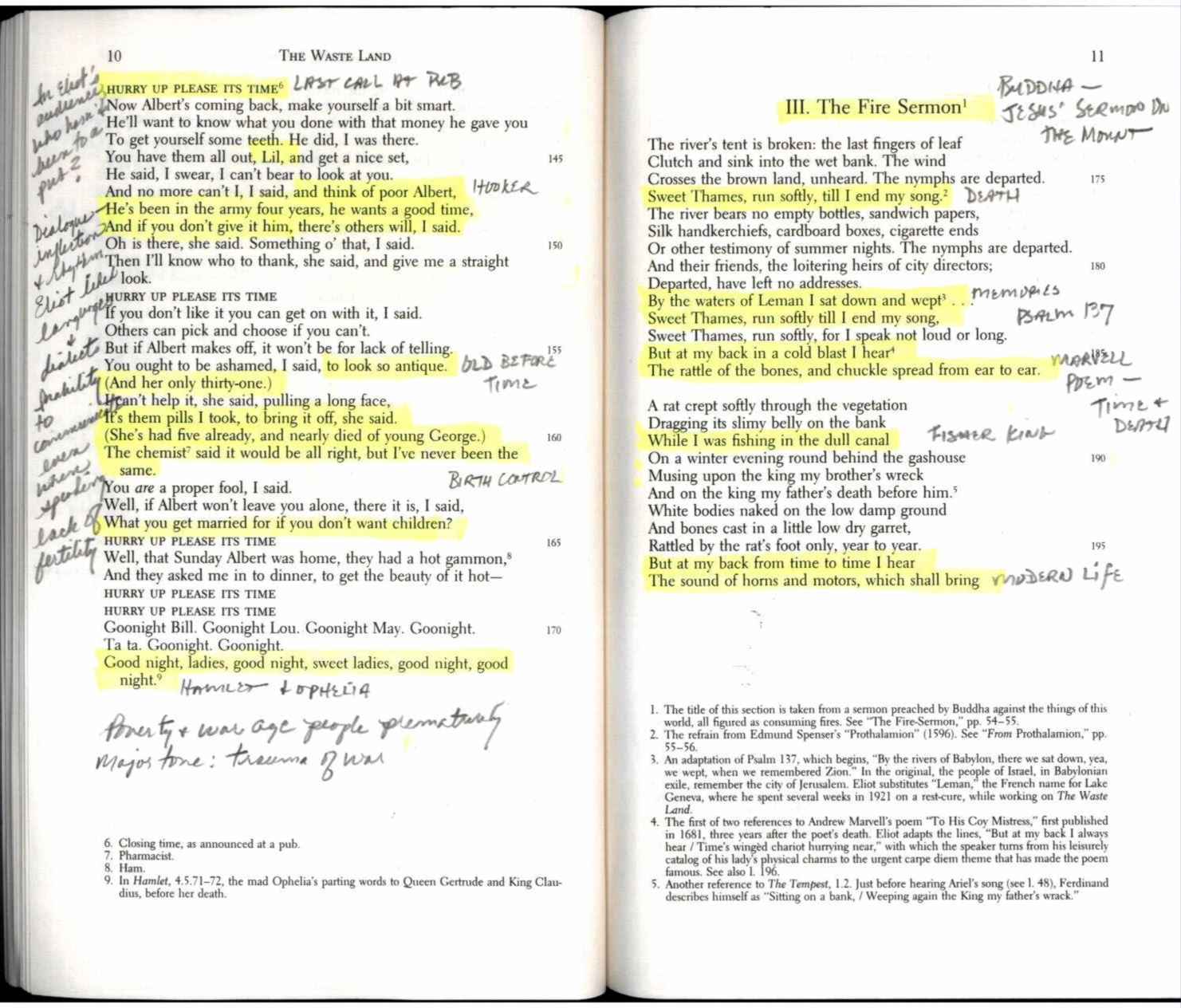Proficiency Standard:
P.S ELA-2 Reading Analysis: Cite strong and thorough textual evidence to support analysis of what the text says explicitly as well as inferences drawn from the text, including determining where the text leaves matters uncertain.
A. Evaluate the relevant themes and synthesize how they are present in the novel in oral and written responses.
B. Interpret the implications of setting and circumstance.
C. Analyze the role of characters in the plot in oral and written responses.
D. Analyze important quotations from the text in oral and written responses.
E. Annotate the text.
Annotating is the act of adding notes
What the Research Says About Annotating
How to Annotate
When possible, write your annotations on the pages as you read. If that’s not possible, write your annotations on a 3M Post-it note and stick in on the pages. You can also take a photo of your notes and we can save it in a PDF file for future review. When you annotate, you will annotate while you read and after you read. You will know how to annotate in the following ways…and understand how annotating activates your learning and helps you transfer knowledge into understanding.
While You Read
Ask questions—Are you confused about something? Write the question down. You might find the answer later, or you might get an opportunity to ask the inquiry to your classmates or teacher.
Is there a quote that you think is important or thoughtful?
These aspects are important to locate, as they are what you might quote in your investigation or written essay later. Maybe something you read reminds you of an experience you’ve had or parallels a part of your life; record these connections and they will help you find meaning and relevancy in what you read.
Make connections according to Freytag’s Pyramidal Design—
Comprise your understanding according to developments with Exposition, Inciting Moment, the Dramatic Question, Rising Action, Crisis Situation, Climax, Falling Action and Denouement.
Define new words—
Too often, reading comprehension problems occur because readers don’t understand words. It’s not too much trouble to look up the word in the dictionary, dictionary.com, or your iPhone app when you are away from a computer or dictionary. If you physically can’t look the word up as you encounter it, highlight it in the moment and look it up at your first opportunity.
Track themes—
If you notice a reoccurring theme as you read, start noting the theme when it takes place. Doing so will help you understand the message that the article is trying to convey. Identify symbols and motifs that assist you in understanding the theme.
Criteria for Successful Annotation
Using your annotated copy of the book six weeks after your first reading, you can recall the key information in the book with reasonable thoroughness in a 15- to 30-minute review of your notes and the text.
Why Annotate?
- Annotate any text that you must know well, in detail, and from which you might need to produce evidence that supports your knowledge or reading, such as a book on which you will be tested.
- Don’t assume that you must annotate when you read for pleasure; if you’re relaxing with a book, well, relax. Still, some people—let’s call them “not-abnormal”—actually annotate for pleasure.

